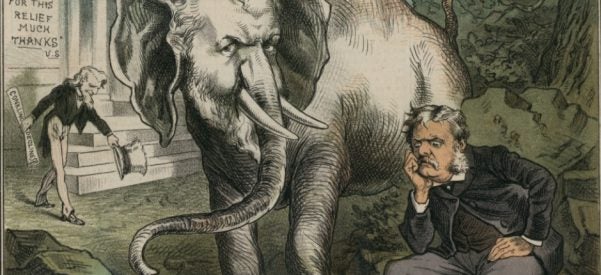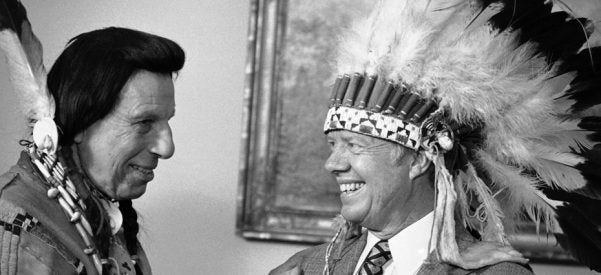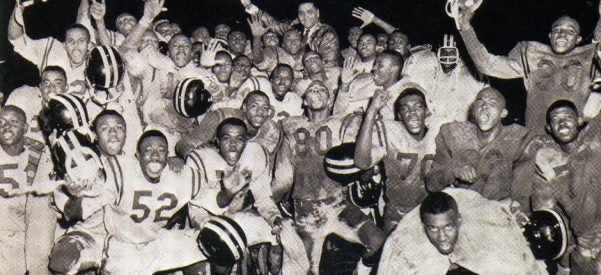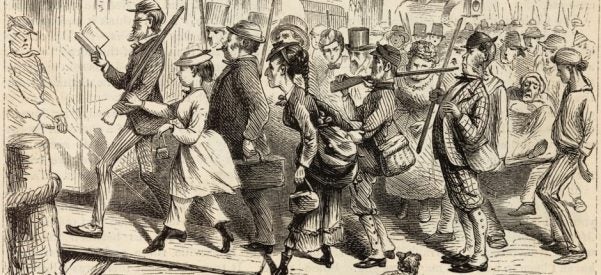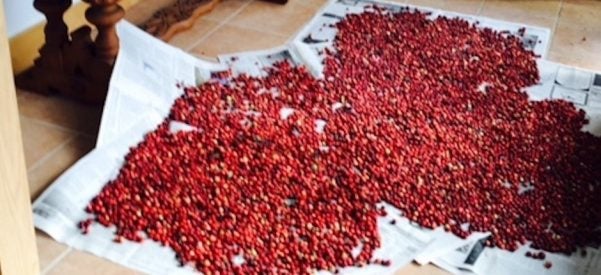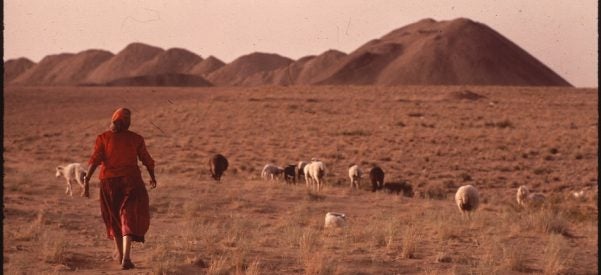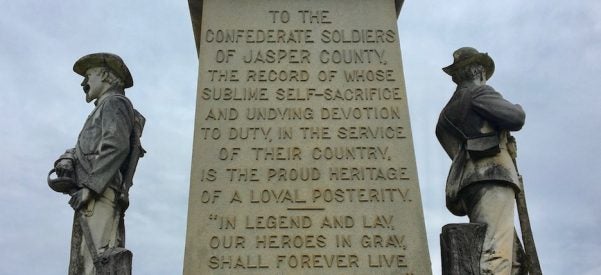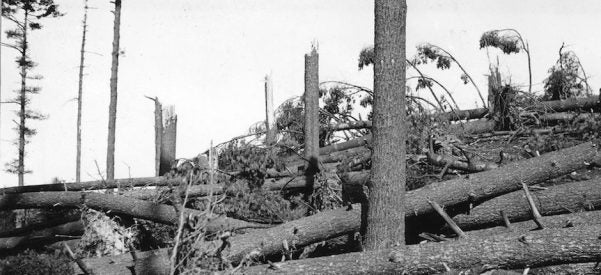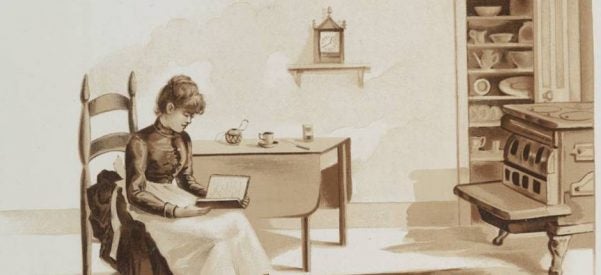Can a Corrupt Politician Become a Good President?
A Mysterious Woman’s Letters Made Chester Arthur Fit for the White House
“Who you are, what you are, it doesn’t change after you occupy the Oval Office,” President Barack Obama said during the 2016 election campaign. “It magnifies who you are. It shines a spotlight on who you are.”
But at least one man was transformed by the presidency: Chester Alan Arthur. Arthur’s redemption is all the more remarkable because it was spurred, at least in part, by a mysterious young woman who implored him to rediscover his better self.
Arthur, the country’s …


